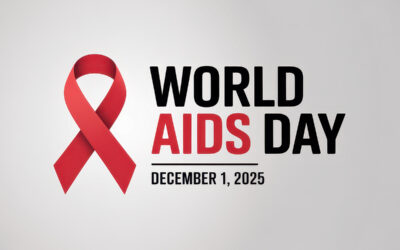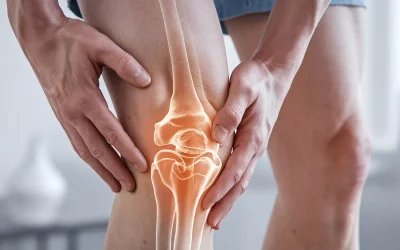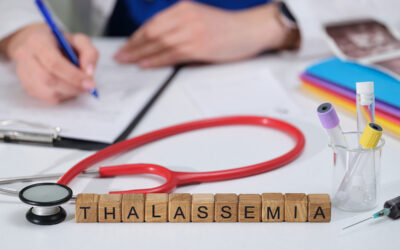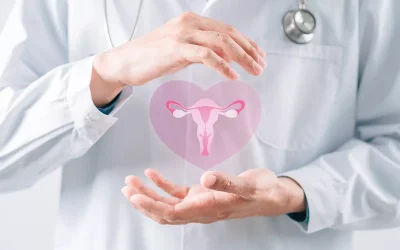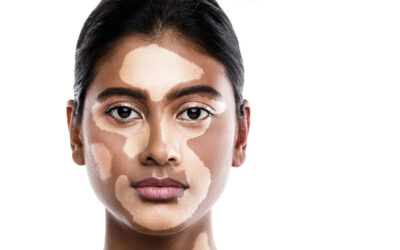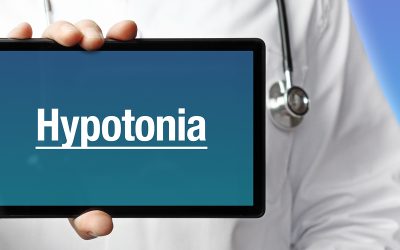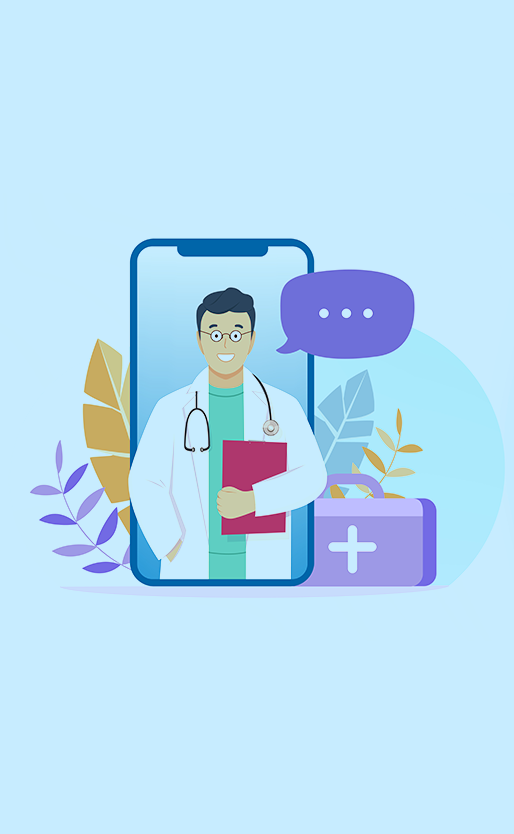International Day of Persons with Disabilities 2025: Breaking Barriers, Building a More Inclusive Future
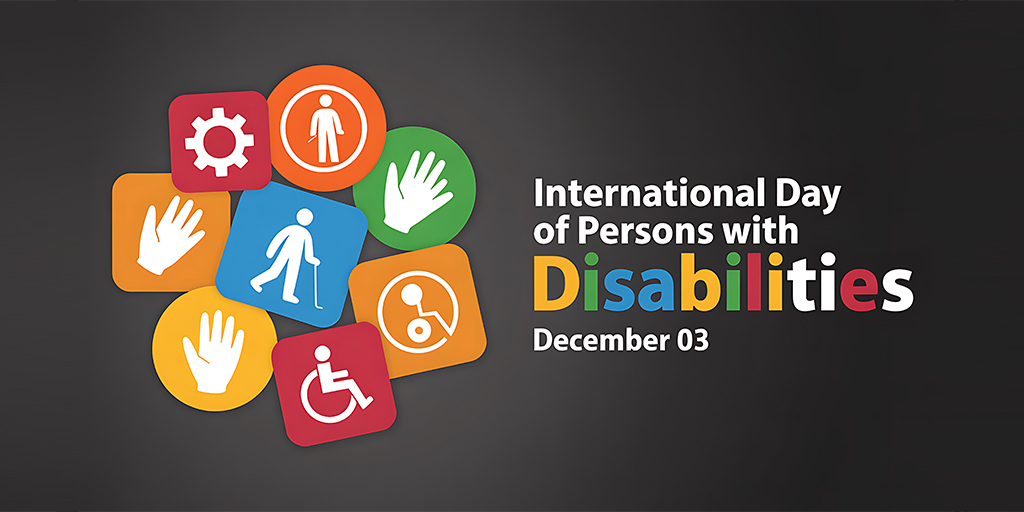
Every person deserves to live with dignity, opportunity, and independence, yet for many individuals with disabilities, everyday life still involves barriers that others fail to see. The International Day of Persons with Disabilities (IDPD) is observed every year on the 3rd of December, to remind the world that inclusion of people with disabilities is not an act of charity, rather a shared responsibility. This day holds great significance as it challenges how society perceives disability, and calls for empathy, equal access, and respect for human diversity – some of the values that lie at the heart of a fair and progressive world. In 2025, as global communities continue to rebuild systems disrupted by social and economic change, the observance of this day serves as a renewed commitment to create environments where every person, regardless of ability, can thrive and contribute meaningfully.
Table of Contents
ToggleWhat is the International Day of Persons with Disabilities?
The International Day of Persons with Disabilities was established by the United Nations General Assembly in 1992 to promote understanding of disability issues and mobilise support for the dignity and rights of differently abled people. Observed annually on 3 December, the day reinforces the principles of equality, accessibility, and inclusion set out in the UN Convention on the Rights of Persons with Disabilities.
Each year, the observance focuses on a central theme that guides global efforts toward inclusion and social justice. The 2025 theme, announced by the United Nations Department of Economic and Social Affairs (UN DESA), is “Fostering disability-inclusive societies for advancing social progress.” It emphasises the need to build communities where everyone can participate fully — free from physical, digital, or social barriers.
By recognising the abilities, achievements, and contributions of persons with disabilities, this global initiative continues to inspire policies and practices that expand access to education, healthcare, employment, and innovation, ensuring that no one is left behind in the journey toward progress.
Understanding Disability
Disability refers to any condition that affects a person’s body, senses, or mind and may limit certain activities or how they interact with the world around them. The World Health Organization (WHO) defines disability as the result of an interaction between a person’s health condition and barriers in their environment, not simply as a medical limitation.
Disabilities can be physical, sensory, intellectual, or psychosocial, and their impact often depends more on the level of accessibility and social support available than on the condition itself. When communities provide accessible infrastructure, inclusive education, and understanding workplaces, people with disabilities can lead independent, fulfilling lives.
Understanding disability means moving beyond stereotypes and recognising ability, resilience, and potential. When society focuses on empowerment instead of limitation, it creates space for everyone to live with dignity, equality, and purpose.
Types of Disabilities
Disability can take many forms, each affecting individuals differently. Recognising these types helps promote understanding, reduce stigma, and create environments that support the needs of all people. The major categories of disabilities recognised by the World Health Organization (WHO) and the United Nations (UN) include:
Physical Disabilities
These affect movement or physical function and may result from conditions such as spinal cord injury, arthritis, cerebral palsy, or amputation. Accessibility through ramps, adaptive equipment, and inclusive design can help individuals maintain independence and mobility.
Sensory Disabilities
These involve impairment of the senses, primarily sight and hearing. Common examples include partial or total blindness, low vision, and hearing loss. Assistive tools such as screen readers, sign language interpretation, and hearing devices play a crucial role in promoting inclusion.
Intellectual and Developmental Disabilities
These affect learning, reasoning, and problem-solving abilities. Conditions such as Down syndrome and autism spectrum disorder fall into this category. Early intervention, inclusive education, and community support can significantly improve development and participation.
Psychosocial Disabilities
These refer to mental health conditions that affect emotional and social functioning, such as depression, bipolar disorder, or schizophrenia. Psychosocial disabilities are often misunderstood, and breaking this stigma is key to ensuring that mental health is treated with the same care as physical health.
Invisible Disabilities
Some disabilities are not immediately visible but can still affect daily life. These may include chronic pain, diabetes, epilepsy, or autoimmune diseases. Acknowledging invisible disabilities fosters empathy and encourages more flexible, understanding workplaces and communities.
The Importance of Inclusion and Accessibility
Inclusion goes beyond providing access. It is about ensuring equal participation, respect, and dignity for everyone. When societies remove barriers, they unlock the potential of individuals with disabilities, allowing them to contribute meaningfully across all areas of life.
Why Inclusion Matters
Inclusion is the foundation of an equitable society. It ensures that people with disabilities have the same opportunities to learn, work, and contribute as everyone else, while also enriching communities through diversity and shared understanding. Here’s why inclusion plays such an essential role in building stronger, more compassionate societies:
- Empowers individuals: Inclusion allows people with disabilities to live independently, pursue education, and participate in the workforce.
- Strengthens communities: Diverse perspectives foster creativity, empathy, and stronger problem-solving within societies.
- Drives equality: Ensuring that everyone has equal rights and opportunities helps reduce discrimination and social isolation.
The Role of Accessibility
Accessibility forms the foundation of inclusion by ensuring that environments and services are usable by all. It involves:
- Infrastructure access: Ramps, elevators, tactile paving, and accessible restrooms make public spaces barrier-free.
- Digital accessibility: Websites, apps, and online resources designed with assistive technology ensure inclusivity in the digital age.
- Communication access: Sign language interpretation, captioning, and visual aids help bridge communication gaps.
India’s Progress Toward Accessibility
India has made significant strides through the Rights of Persons with Disabilities Act (2016), which promotes inclusive education, employment, and barrier-free environments. Continued investment in awareness, training, and adaptive technologies can make these efforts more effective.
Changing Perspectives
Creating a truly inclusive society also requires a shift in mindset. Recognising disability as a natural part of human diversity, rather than a limitation, fosters empathy and social responsibility. When inclusion becomes a shared value, accessibility turns into a collective achievement, not just a legal requirement.
Breaking Barriers Through Awareness and Action
True inclusion begins when awareness leads to meaningful action. Governments, organisations, and individuals all play a role in removing the barriers that limit opportunities for people with disabilities. Awareness fosters understanding, and action turns that understanding into lasting change.
Promoting Awareness in Society
- Education and dialogue: Schools, media, and workplaces should promote discussions on disability rights and representation to build empathy from a young age.
- Public campaigns: Awareness programmes, community events, and social media initiatives held during the International Day of Persons with Disabilities help share real-life stories of resilience, promote equality, and inspire greater understanding within society.
- Representation in decision-making: Including persons with disabilities in policy development ensures that laws and programmes reflect real needs.
Creating Inclusive Environments
- Accessible public spaces: Infrastructure must include ramps, elevators, tactile indicators, and clear signage to make movement easier for everyone.
- Inclusive workplaces: Equal hiring policies, flexible work options, and accessible tools help individuals with disabilities thrive professionally.
- Technology and innovation: Assistive technologies such as voice recognition software, smart prosthetics, and AI-driven tools empower independence and participation.
Community Involvement and Collaboration
- Partnerships: Collaboration among governments, NGOs, and private institutions creates stronger disability inclusion frameworks.
- Local initiatives: Community-based support groups and training programmes encourage empowerment at the grassroots level.
- Empathy-driven change: Respect, patience, and awareness in everyday interactions go a long way in fostering a culture of inclusion.
Every small action counts. When society learns, adapts, and acts together, barriers begin to disappear and equality becomes a lived reality.
How Graphic Era Hospital Supports Inclusion and Accessibility
AtGraphic Era Hospital, we believe that healthcare should be inclusive, compassionate, and accessible to everyone. Our goal is to ensure that every individual, regardless of ability, receives the same quality of care, comfort, and dignity throughout their healthcare journey. Here’s how we are working to build an inclusive and supportive environment for all:
Accessible Infrastructure and Facilities
Our hospital is designed to be barrier-free, with wheelchair-accessible entrances, ramps, elevators, and patient rooms that prioritise safety and mobility. Every facility is thoughtfully planned to ensure comfort and ease for individuals with physical or sensory disabilities.
Dedicated and Compassionate Care Teams
Our multidisciplinary teams include specialists in physical medicine, rehabilitation, neurology, orthopaedics, and mental health who provide individualised treatment and counselling. Each patient receives care tailored to their needs, supported by empathy and respect.
Assistive Support and Guidance
We provide assistive devices, rehabilitation services, and physiotherapy programmes to help patients regain independence and confidence. Our staff is trained to offer assistance with patience, understanding, and professionalism at every step.
Awareness and Community Engagement
Graphic Era Hospital regularly participates in community outreach programmes, awareness drives, and educational sessions that promote inclusion, accessibility, and early intervention for people with disabilities.
Commitment to Patient Dignity and Equality
Every person who enters our hospital is treated with compassion and equality. We are committed to creating a safe, respectful environment where patients and their families feel supported, understood, and valued.
At Graphic Era Hospital, inclusion is not an initiative – it is a promise. We stand with individuals of all abilities in their journey toward better health, empowerment, and independence.
Conclusion
The International Day of Persons with Disabilities 2025 reminds the world that true progress is not defined by technological growth or economic success alone, but by how inclusive and compassionate societies are toward every individual. Building a world where everyone has equal access, dignity, and opportunity requires awareness, empathy, and consistent action.
Every step taken to remove barriers, whether through education, accessible infrastructure, or inclusive policies, helps move us closer to a society where people with disabilities can live with independence and pride.
At Graphic Era Hospital, we remain committed to making healthcare accessible, inclusive, and respectful for people of all abilities. Together, through awareness and collaboration, we can create communities that celebrate diversity and ensure no one is left behind.
To know more about our healthcare and rehabilitation services, call 1800-889-7351. Inclusion begins with understanding, and action turns it into reality.
Frequently Asked Questions
What is the most common disability?
Mobility-related disabilities, such as difficulty in walking or using hands, are among the most common forms of disability worldwide. These often result from conditions like arthritis, spinal cord injuries, or cerebral palsy.
What causes disability?
Disabilities may result from various factors, including congenital conditions, chronic illnesses, injuries, infections, or ageing. In some cases, social and environmental barriers also contribute by limiting participation and access to opportunities.
Are autoimmune diseases considered disabilities?
Yes. In many countries, certain autoimmune conditions such as lupus, multiple sclerosis, or Crohn’s disease are recognised as disabilities when they significantly limit daily functioning or mobility.
Is mental illness considered a disability?
Yes. Mental health conditions such as anxiety, depression, bipolar disorder, and schizophrenia can be considered psychosocial disabilities if they affect social or occupational functioning. Early diagnosis and proper treatment can help individuals manage symptoms effectively.
By Specialities
- Bariatric Surgery
- Cancer Care
- Cardiology
- Dental
- Dermatology
- Diabetes & Endocrinology
- Endocrinology and Diabetes
- ENT (Ear Nose Throat)
- Eye Care
- Gastroenterology
- Haematology
- Health Care
- Health Tips
- Hematology
- Hepatology
- Internal Medicine
- Mental Health and Behavioural Sciences
- Metabolic
- Neonatology
- Nephrology
- Neurology
- Nutrition & Dietetics
- Obstetrics & Gynaecology
- Oncology
- Ophthalmology
- Orthopaedics
- Paediatric
- Physiotherapy & Rehabilitation
- Plastic and Reconstructive Surgery
- Psychology
- Pulmonology
- Rheumatology
- Spine
- Urology
Recent Posts
- International Day of Persons with Disabilities 2025: Breaking Barriers, Building a More Inclusive Future
- Whooping Cough (Pertussis): Symptoms You Should Never Ignore
- Heart Block: Types, Causes, Symptoms, and Treatment Options
- World AIDS Day 2025: Transforming HIV Care Through Awareness and Action
- Sleep Disorders: Types, Causes, Symptoms & Treatment Options
Need expert medical advice?
Share your details and our healthcare specialists will reach out to assist you.
By proceeding, you acknowledge and agree to our Privacy Policy, Terms of Use, and Disclaimer.


